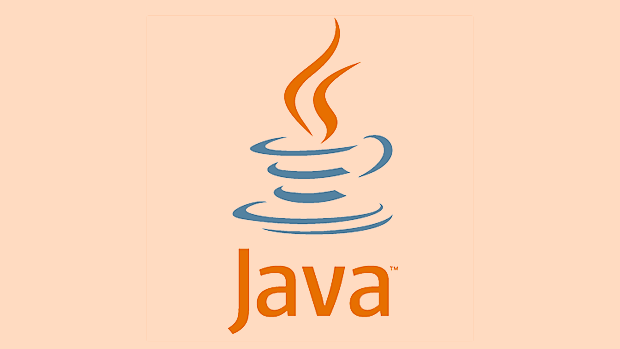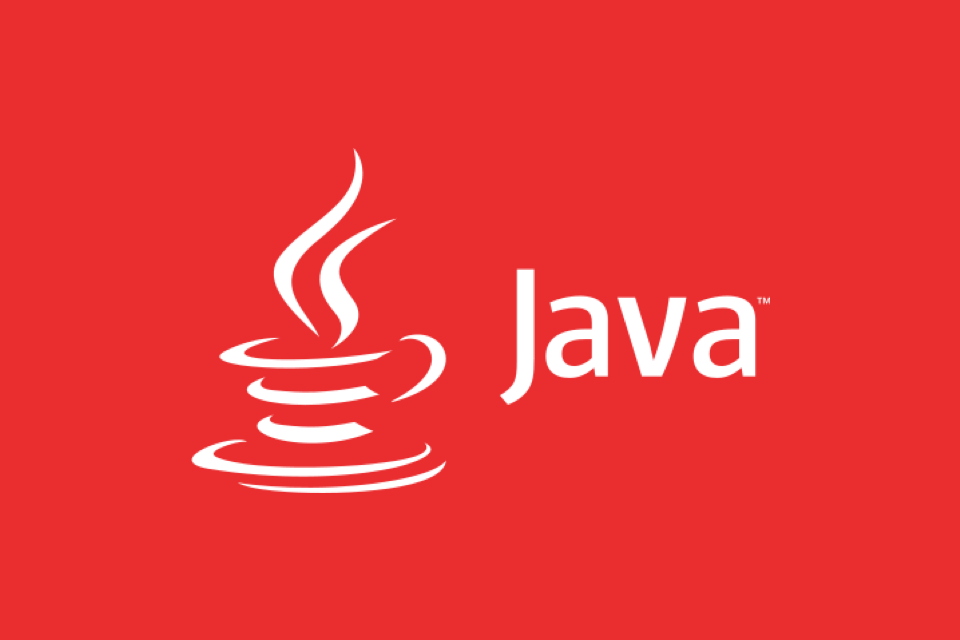MapStruct is a compile-time code generator that simplifies mapping between Java Beans. 1. It automatically generates implementation classes by defining interfaces to avoid manually writing lengthy set/get mapping code; 2. It has type-safe, no runtime overhead, supports automatic mapping of the same name fields, custom expressions, nested objects and collection mapping; 3. It can be integrated with Spring and injects mapper into Spring beans using @Mapper(componentModel = "spring"); 4. It has simple configuration, just introduce mapstruct dependencies and annotationProcessorPaths plug-in; 5. It supports @Named and other annotations to implement reusable custom mapping logic, improving the neatness and maintainability of the code, which is one of the best practices for handling object mapping in Java.

If you've ever found yourself writing endless boilerplate code to copy data from one Java object (like a DTO) to another (like an entity), you know how tedious and error-prone it can be. That's where MapStruct comes in — a compile-time code generator that makes bean mapping in Java not just easier, but practically painful.

What Is MapStruct?
MapStruct is a code generator that simplifies mapping between Java beans (eg, from a JPA entity to a REST DTO). Instead of manually writing setX(getX()) for every field, you define an interface, and MapStruct generates the implementation at compile time — no reflection, no runtime overhead, just fast, clean, readable code.
Why MapStruct Over Manual Mapping or Other Libraries?
- ? Type-safe : Errors caught at compile time, not runtime.
- ? No runtime overhead : Generated code is plain Java — no reflection or proxies.
- ? Minimal boilerplate : Write an interface, get an implementation.
- ? Smart defaults : Automatically maps fields with the same name.
- ? Customizable : Handle name mismatches, nested objects, collections, and even custom logic.
Quick Example
Say you have:

public class User {
private Long id;
private String firstName;
private String lastName;
private String email;
// getters setters
}
public class UserDto {
private String fullName; // maps firstName lastName
private String email;
}With MapStruct, create a mapper interface:
@Mapper
public interface UserMapper {
UserMapper INSTANCE = Mappers.getMapper(UserMapper.class);
@Mapping(target = "fullName", expression = "java(user.getFirstName() \" \" user.getLastName())")
UserDto toDto(User user);
}Then use it:

User user = new User();
user.setFirstName("John");
user.setLastName("Doe");
user.setEmail("john@example.com");
UserDto dto = UserMapper.INSTANCE.toDto(user);
// dto.getFullName() → "John Doe"Key Features You'll Love
1. Auto-Mapping by Name
If field names match (like email ), no extra config needed.
2. Custom Mapping Logic
Use @Mapping with:
-
expressionfor inline Java expressions -
qualifiedByNamefor reusable custom methods -
@AfterMappingfor post-processing logic
3. Nested Objects & Collections
MapStruct handles List<User> ? List<UserDto> automatically — no extra code.
4. Integration with Spring
Just add componentModel = "spring" :
@Mapper(componentModel = "spring")
public interface UserMapper {
UserDto toDto(User user);
}Now it's a Spring bean — inject it like any other.
Setup (Maven)
Add to pom.xml :
<dependency>
<groupId>org.mastruct</groupId>
<artifactId>mastruct</artifactId>
<version>1.5.5.Final</version>
</dependency>
<plugin>
<groupId>org.apache.maven.plugins</groupId>
<artifactId>maven-compiler-plugin</artifactId>
<configuration>
<annotationProcessorPaths>
<path>
<groupId>org.mastruct</groupId>
<artifactId>mastruct-processor</artifactId>
<version>1.5.5.Final</version>
</path>
</annotationProcessorPaths>
</configuration>
</plugin> Pro Tip: Use @Named for Reusable Logic
@Mapper
public interface UserMapper {
@Mapping(target = "fullName", qualifiedByName = "toFullName")
UserDto toDto(User user);
@Named("toFullName")
default String toFullName(User user) {
return user.getFirstName() " " user.getLastName();
}
}This keeps your mappings clean and reusable across multiple mappers.
MapStruct removes the friction from object mapping — no more manual copying, no more runtime surprises. Once you start using it, you'll wonder how you ever lived without it.
Basically, if you're doing bean mapping in Java and not using MapStruct, you're doing it the hard way.
The above is the detailed content of Using MapStruct for Painless Bean Mapping in Java. For more information, please follow other related articles on the PHP Chinese website!

Hot AI Tools

Undress AI Tool
Undress images for free

Undresser.AI Undress
AI-powered app for creating realistic nude photos

AI Clothes Remover
Online AI tool for removing clothes from photos.

Clothoff.io
AI clothes remover

Video Face Swap
Swap faces in any video effortlessly with our completely free AI face swap tool!

Hot Article

Hot Tools

Notepad++7.3.1
Easy-to-use and free code editor

SublimeText3 Chinese version
Chinese version, very easy to use

Zend Studio 13.0.1
Powerful PHP integrated development environment

Dreamweaver CS6
Visual web development tools

SublimeText3 Mac version
God-level code editing software (SublimeText3)

Hot Topics
 Laravel raw SQL query example
Jul 29, 2025 am 02:59 AM
Laravel raw SQL query example
Jul 29, 2025 am 02:59 AM
Laravel supports the use of native SQL queries, but parameter binding should be preferred to ensure safety; 1. Use DB::select() to execute SELECT queries with parameter binding to prevent SQL injection; 2. Use DB::update() to perform UPDATE operations and return the number of rows affected; 3. Use DB::insert() to insert data; 4. Use DB::delete() to delete data; 5. Use DB::statement() to execute SQL statements without result sets such as CREATE, ALTER, etc.; 6. It is recommended to use whereRaw, selectRaw and other methods in QueryBuilder to combine native expressions to improve security
 Unit Testing and Mocking in Java with JUnit 5 and Mockito
Jul 29, 2025 am 01:20 AM
Unit Testing and Mocking in Java with JUnit 5 and Mockito
Jul 29, 2025 am 01:20 AM
Use JUnit5 and Mockito to effectively isolate dependencies for unit testing. 1. Create a mock object through @Mock, @InjectMocks inject the tested instance, @ExtendWith enables Mockito extension; 2. Use when().thenReturn() to define the simulation behavior, verify() to verify the number of method calls and parameters; 3. Can simulate exception scenarios and verify error handling; 4. Recommend constructor injection, avoid over-simulation, and maintain test atomicity; 5. Use assertAll() to merge assertions, and @Nested organizes the test scenarios to improve test maintainability and reliability.
 go by example generics
Jul 29, 2025 am 04:10 AM
go by example generics
Jul 29, 2025 am 04:10 AM
Go generics are supported since 1.18 and are used to write generic code for type-safe. 1. The generic function PrintSlice[Tany](s[]T) can print slices of any type, such as []int or []string. 2. Through type constraint Number limits T to numeric types such as int and float, Sum[TNumber](slice[]T)T safe summation is realized. 3. The generic structure typeBox[Tany]struct{ValueT} can encapsulate any type value and be used with the NewBox[Tany](vT)*Box[T] constructor. 4. Add Set(vT) and Get()T methods to Box[T] without
 css table-layout fixed example
Jul 29, 2025 am 04:28 AM
css table-layout fixed example
Jul 29, 2025 am 04:28 AM
table-layout:fixed will force the table column width to be determined by the cell width of the first row to avoid the content affecting the layout. 1. Set table-layout:fixed and specify the table width; 2. Set the specific column width ratio for the first row th/td; 3. Use white-space:nowrap, overflow:hidden and text-overflow:ellipsis to control text overflow; 4. Applicable to background management, data reports and other scenarios that require stable layout and high-performance rendering, which can effectively prevent layout jitter and improve rendering efficiency.
 python json loads example
Jul 29, 2025 am 03:23 AM
python json loads example
Jul 29, 2025 am 03:23 AM
json.loads() is used to parse JSON strings into Python data structures. 1. The input must be a string wrapped in double quotes and the boolean value is true/false; 2. Supports automatic conversion of null→None, object→dict, array→list, etc.; 3. It is often used to process JSON strings returned by API. For example, response_string can be directly accessed after parsing by json.loads(). When using it, you must ensure that the JSON format is correct, otherwise an exception will be thrown.
 Indexing Strategies for MongoDB
Jul 29, 2025 am 01:05 AM
Indexing Strategies for MongoDB
Jul 29, 2025 am 01:05 AM
Choosetheappropriateindextypebasedonusecase,suchassinglefield,compound,multikey,text,geospatial,orTTLindexes.2.ApplytheESRrulewhencreatingcompoundindexesbyorderingfieldsasequality,sort,thenrange.3.Designindexestosupportcoveredqueriesbyincludingallque
 A Developer's Guide to Maven for Java Project Management
Jul 30, 2025 am 02:41 AM
A Developer's Guide to Maven for Java Project Management
Jul 30, 2025 am 02:41 AM
Maven is a standard tool for Java project management and construction. The answer lies in the fact that it uses pom.xml to standardize project structure, dependency management, construction lifecycle automation and plug-in extensions; 1. Use pom.xml to define groupId, artifactId, version and dependencies; 2. Master core commands such as mvnclean, compile, test, package, install and deploy; 3. Use dependencyManagement and exclusions to manage dependency versions and conflicts; 4. Organize large applications through multi-module project structure and are managed uniformly by the parent POM; 5.
 python pass by reference example
Jul 29, 2025 am 12:31 AM
python pass by reference example
Jul 29, 2025 am 12:31 AM
In Python, function argument transfer is "passing object reference", that is, 1. For mutable objects (such as lists and dictionaries), in-situ modifications (such as append, assignment slice) within the function will directly affect the original object; 2. For immutable objects (such as integers, strings), the original object cannot be changed in the function, and reassigning will only create a new object; 3. The parameters pass a copy of the reference. If the variable is rebinded in the function (such as lst=[...]), the connection with the original object will not be affected, and the external variable will not be affected. Therefore, modifying mutable objects affects the original data, while immutable objects and reassignment do not, which explains why the list is visible externally after modification within the function, while integer changes are only locally.






